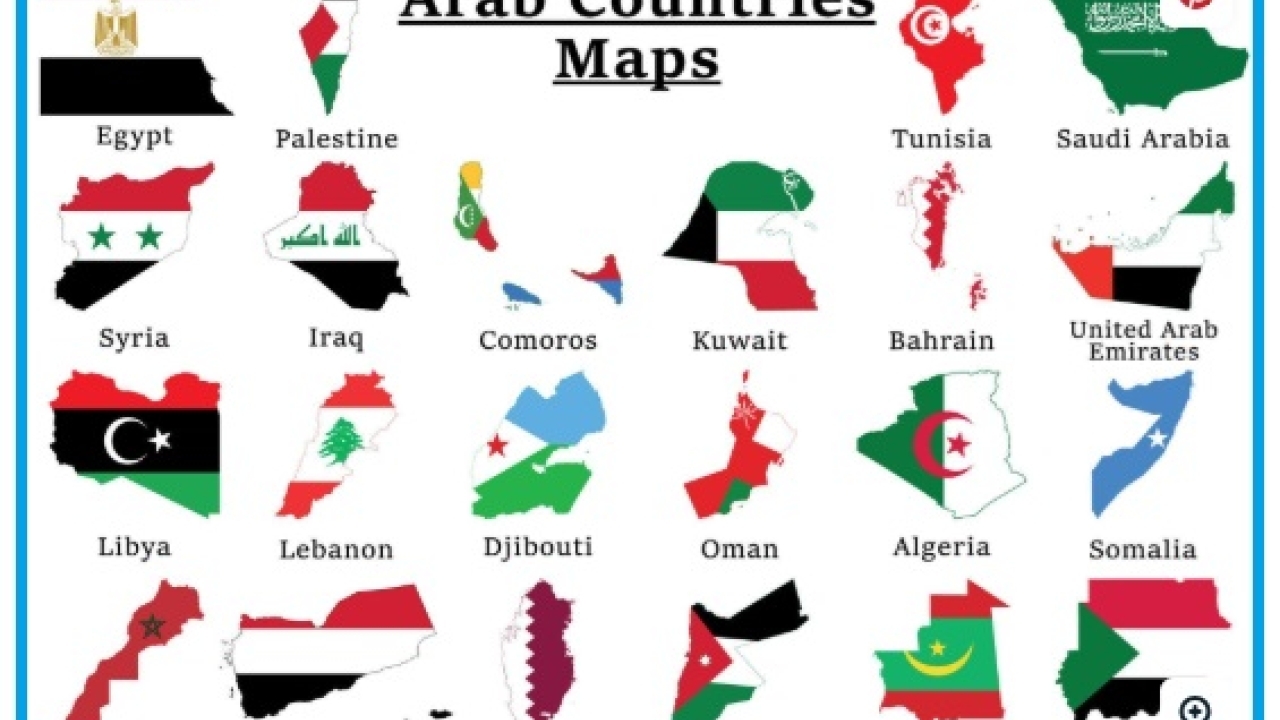
In 2024, the proved crude oil reserves of the member states of the Organisation of the Arab Petroleum Exporting Countries (OAPEC) reached 713.4 billion barrels. This figure represents 53% of the global total, which is estimated at 1,346 billion barrels. This information was presented by the Secretary-General of OAPEC, Jamal Issa Al-Loughani, during his annual report.
The report estimates that crude oil production among OAPEC member states in 2024 will be approximately 21.6 million barrels per day, accounting for about 24% of the global production total, which is approximately 88.7 million barrels per day.
Furthermore, Al-Loughani indicated that the natural gas reserves of these member states amount to approximately 55.7 trillion cubic meters, representing 26% of the global total, estimated at around 213.8 trillion cubic meters. The marketed natural gas production in these states, excluding re-injected and flared quantities, is approximately 561 billion cubic meters, equivalent to 14% of the global total.
In terms of exports, natural gas shipments from OAPEC member states reached approximately 185.9 billion cubic meters, which constitutes 16.3% of t he global total. The report also confirms that the nominal production capacity is liquefied natural gas (LNG) reached 120.3 million tons annually by the end of 2024, representing 24.6% of global production capacity.
Al-Loughani further highlighted the refining sector, noting that the number of refineries in member states has reached 54, with a combined refining capacity of 10.47 million barrels per day. This capacity constitutes 10.9% of the global refining capacity, which stands at 96.23 million barrels per day.
Regarding renewable energy, the installed wind energy capacity in the Arab countries is estimated at about 5.2 gigawatts, representing only 0.5% of the global total. Additionally, installed solar energy capacities in the Arab world have surpassed 17 gigawatts, accounting for 1.1% of the global total, as stated by Secretary-General.
The report also examines the geopolitical influences impacting oil trade, which have prompted certain countries to adjust their export strategies. It highlights a decline in demand from China and a slowdown in industrial activity in Europe as significant factors.
Al-Loughani explained that the deceleration in global oil demand growth reflects a broader decline in economic growth, particularly in China, the world’s largest oil importer. This has been exacerbated by weak fuel demand and the rising sales of electric vehicles.
Furthermore, Al-Loughani noted that weak manufacturing date in Europe, along with above-average hurricane activity disrupting energy infrastructure in USA, have also contributed to these challenges.
Despite there obstacles, Al-Loughani asserts that the decisions made by the OPEC+ alliance to extend production cuts have played a crucial role in promoting balance and stability within the market. He characterised these policies as proactive and flexible, effectively mitigating the effects of significant market fluctuations.
Our Clients